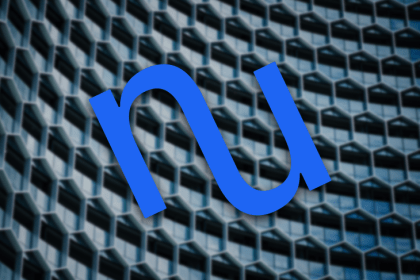
Blockchain security is a vital part of Web3. Learn how to prevent cybercrime with decentralized threshold cryptography.
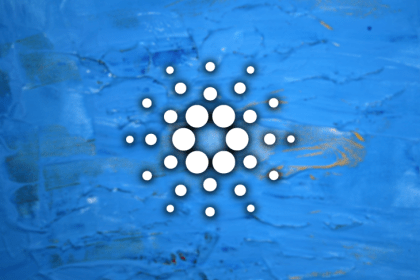
Review the basics of Cardano and learn how to write a DApp on the Cardano blockchain using the Plutus programming language.
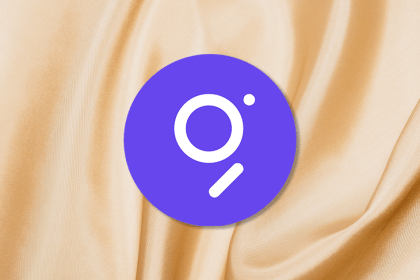
The Graph aims to serve blockchain data to app developers efficiently and in a decentralized way. Review the four major roles in The Graph and learn how to run a Rinkeby Indexer for free.
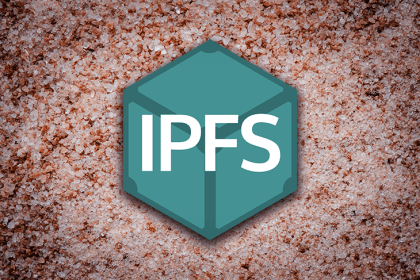
Curious about creating your own NFT? Learn how to create and upload an NFT to IPFS, and sell it on the Ethereum blockchain.
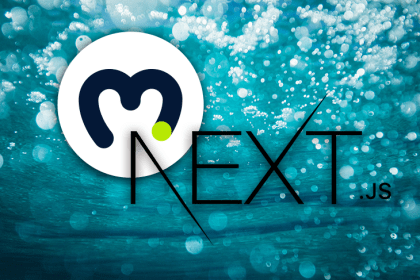
Explore Web3 functionality with Next.js and Moralis, the ultimate Web3 development platform, in this informative tutorial.
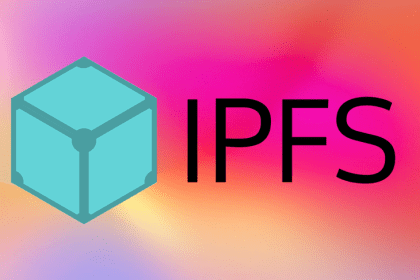
In garbage collection, a type of resource management, garbage collectors reclaim resources occupied by allocated objects that are no longer required or not in use.
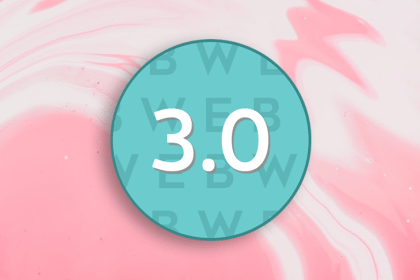
Many Web 3.0 applications use distributed ledgers called blockchains to manage data. Others use methods like torrents or browser storage to offer decentralization.
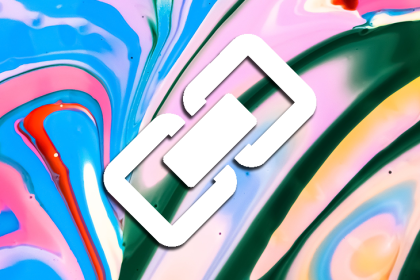
We compare popular decentralized frameworks used by blockchain engineers, including benefits, disadvantages, and networks.
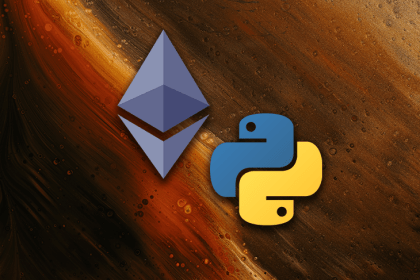
Start your Web 3.0 journey with web3.py, a Python-based library that makes interacting with the Ethereum blockchain a breeze.
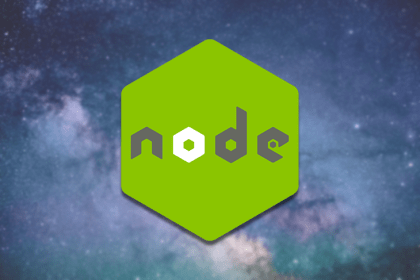
IPFS has some admirable goals, but it’s inaccessible for most users. See how to use Node.js to create a clearnet proxy to access IPFS content.
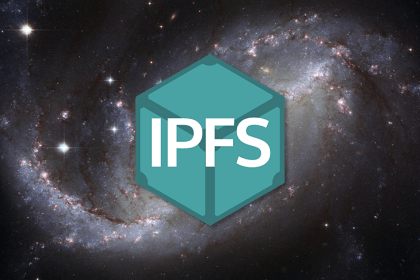
In this tutorial, we’ll introduce you to the InterPlanetary File System (IPFS) and demonstrate how to upload and store data through a distributed file system.
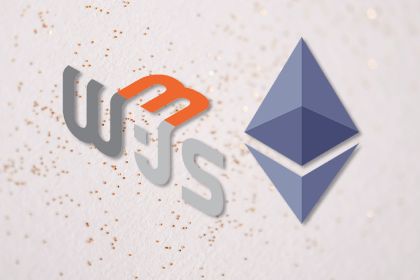
In this comprehensive tutorial, we’ll show you how to develop a blockchain app using Web3.js and review the basics of Ethereum.